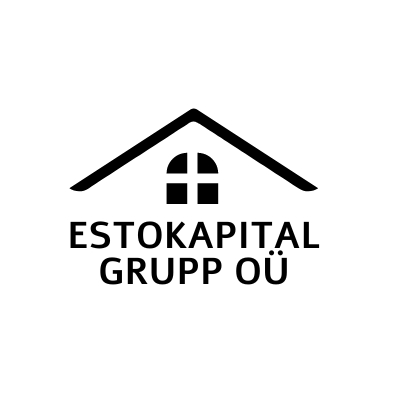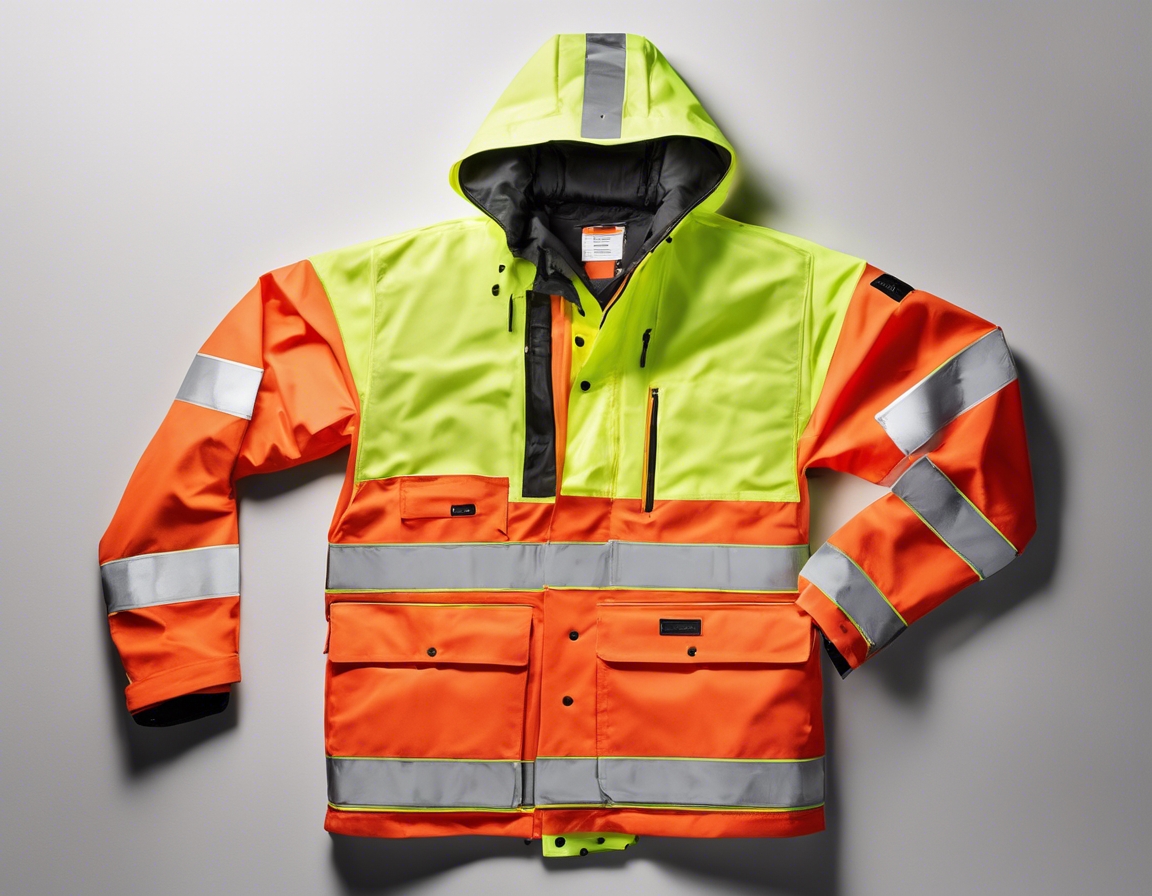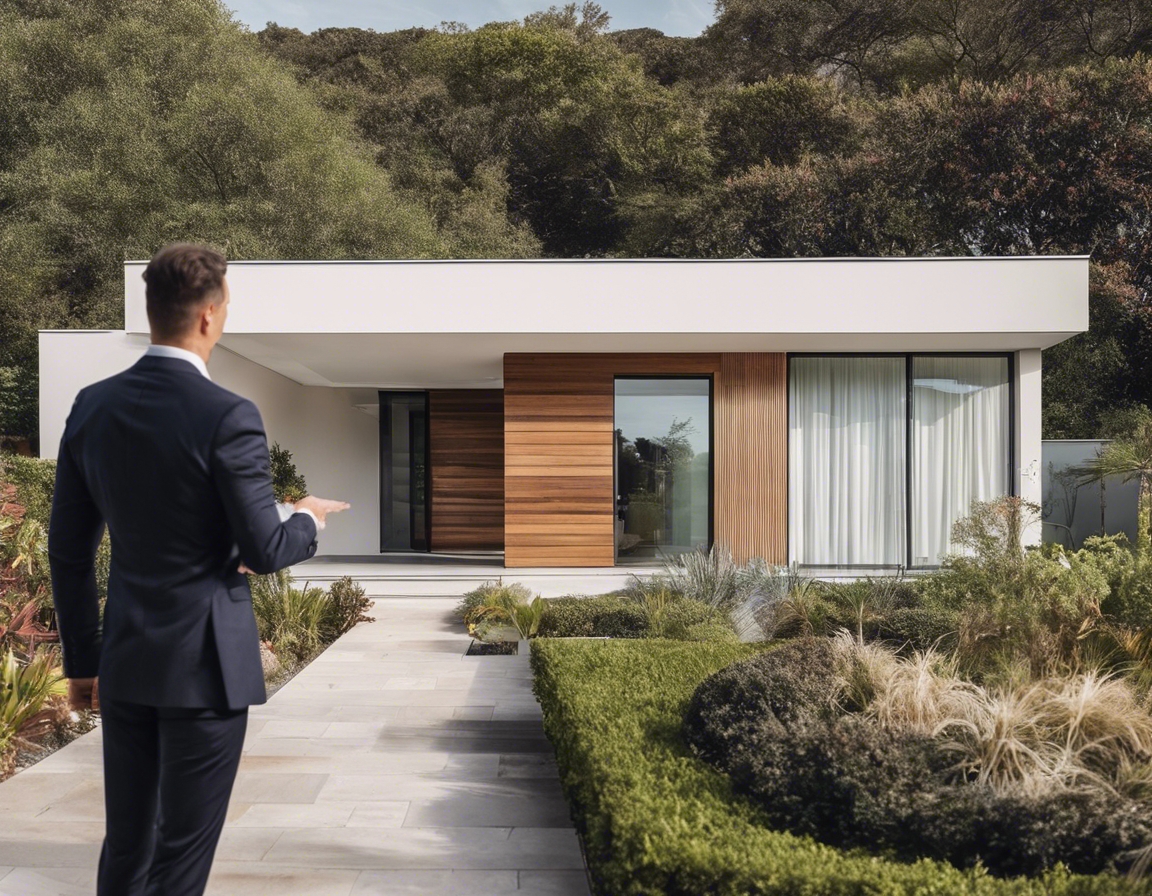5 trends shaping the future of construction
The construction industry is on the brink of a new era, with innovation and sustainability at its core. As we look to the future, several key trends are emerging that promise to reshape the way we build and design our urban landscapes. ESTOKAPITAL GRUPP OÜ is at the forefront of these changes, ensuring that our clients are well-equipped to navigate the evolving construction landscape.
1. Sustainable and Green Building Practices
Energy efficiency is no longer a luxury but a necessity in construction. The integration of renewable energy sources, such as solar panels and wind turbines, into building designs is becoming increasingly common. This not only reduces the carbon footprint of buildings but also leads to long-term cost savings for property owners.
The use of eco-friendly materials is gaining traction as the industry seeks to minimize environmental impact. From recycled steel to low-VOC paints, the choice of sustainable materials is expanding, offering builders a variety of options to meet green building standards.
Green certifications such as LEED, BREEAM, and WELL are setting the bar for sustainable construction practices. These standards not only help in reducing environmental impact but also serve as a benchmark for the industry, encouraging continuous improvement.
2. Technological Advancements in Construction
Building Information Modeling (BIM) technology has revolutionized the planning and management of construction projects. BIM facilitates better collaboration among stakeholders and enables more accurate planning, reducing the risk of errors and cost overruns.
Prefabrication and modular construction are not just trends; they are reshaping the construction industry. By constructing components off-site and assembling them on-site, these methods offer significant time and cost savings, while also improving quality control.
The use of drones and robotics in construction is enhancing efficiency and safety. Drones provide valuable aerial data for site surveys and inspections, while robotics are being used for tasks such as bricklaying and concrete pouring, reducing the need for manual labor.
3. Increased Focus on Health and Safety
With the advent of new technologies, the construction industry is seeing an influx of advanced safety equipment. Wearables that monitor vitals, smart helmets, and exoskeletons are just a few examples of how the industry is working to protect its workforce.
Enhanced training programs and safety protocols are becoming more prevalent to ensure that workers are well-prepared for the hazards of the job. Virtual reality (VR) is being used for immersive training experiences that can simulate real-world scenarios without the risks.
The concept of designing buildings with the health and well-being of occupants in mind is gaining popularity. This includes considerations for natural lighting, air quality, and spaces that encourage physical activity and social interaction.
4. Smart Cities and Urbanization
As urban populations grow, the development of smart cities is becoming essential. The construction industry plays a critical role in building the infrastructure needed to support smart technologies, from intelligent transportation systems to energy-efficient buildings.
Urban planning and development are evolving to accommodate the needs of a growing urban population. This includes the creation of mixed-use developments, green spaces, and transportation networks that prioritize sustainability and livability.
The Internet of Things (IoT) is making its way into construction, allowing for the monitoring and management of building systems in real-time. This leads to more efficient operations and maintenance, as well as enhanced occupant experiences.
5. New Materials and Building Techniques
New materials such as self-healing concrete, aerogels, and nanomaterials are being developed to improve the performance and durability of buildings. These materials can lead to structures that are more resilient and require less maintenance over time.
Advanced building techniques, including 3D printing and automated construction, are on the rise. These methods can significantly reduce construction time and waste, while also allowing for more complex and customized designs.
As climate change continues to pose significant challenges, the construction industry is adapting by creating buildings that can withstand extreme weather conditions and natural disasters. This trend is leading to more robust building codes and innovative design approaches that prioritize resilience.






Comments (0)